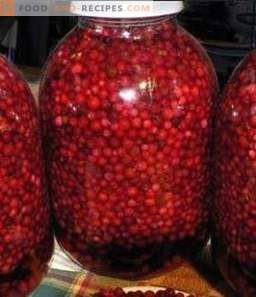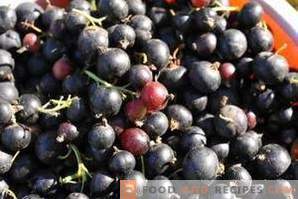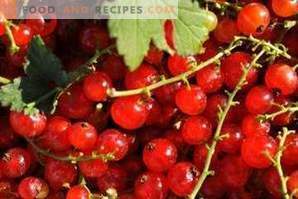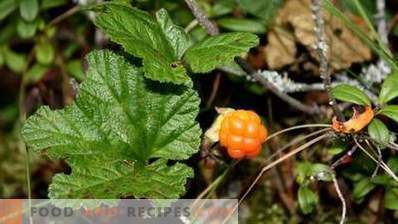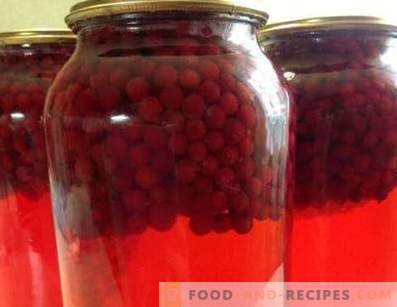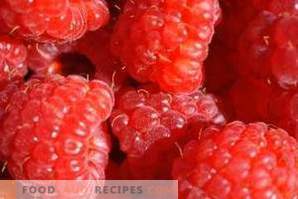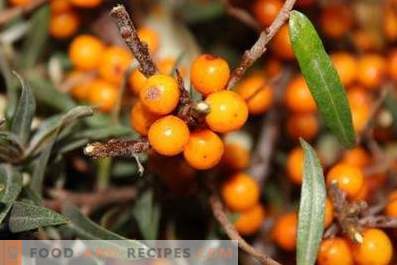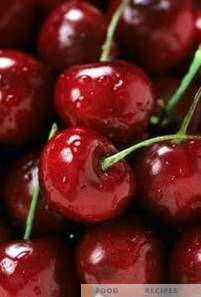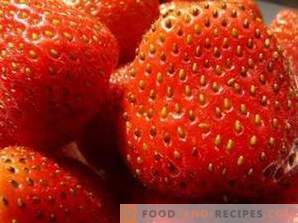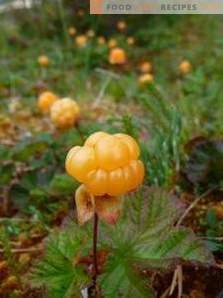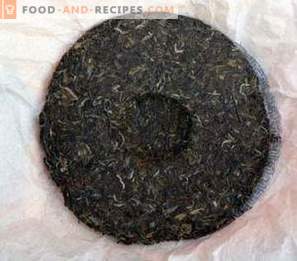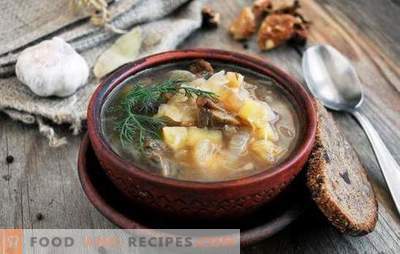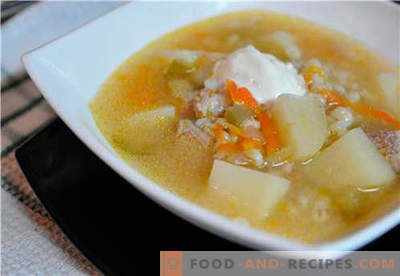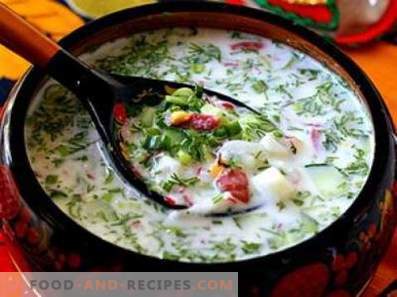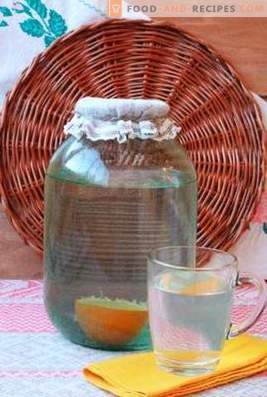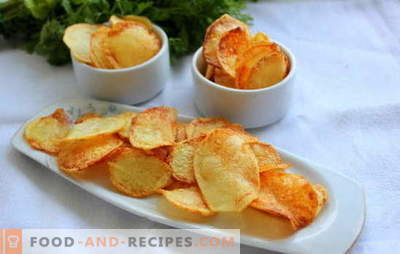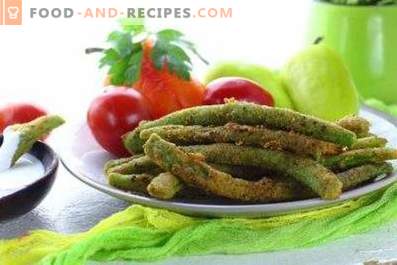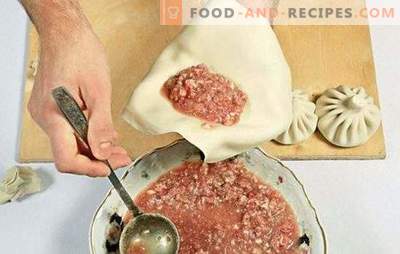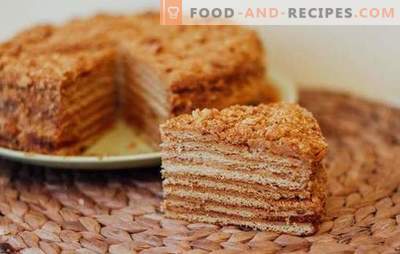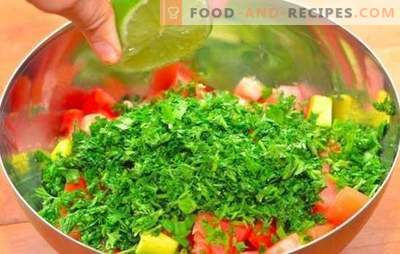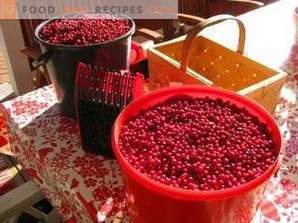
Many people know the lingonberry only in the form of frozen berries, bought in a supermarket, because this low-growing berry shrub has chosen mainly the northern part of Eurasia.
And there, among pines, firs and deciduous trees, lingonberries sometimes grows like a solid carpet. A lot of this berry in the swamps, alpine meadows. But the most delicious lingonberry is the one that grows in dry places among the pines.
Useful and medicinal properties of lingonberry
- The leaves contain quinic, ursolic, gallic, tartaric, ellagic, ascorbic acid.
- The berries have sugars, pectins, carotene, vitamin C, potassium, manganese, acids (citric, oxalic, oxypyruvic, malic, benzoic, glyoxylic, pyruvic, acetic), tannins.
- The leaves have anti-inflammatory, astringent, diuretic action.
- Berries have a choleretic effect.
- Lingonberry leaves are used in the treatment of pyelonephritis, diabetes, prostatitis.
- Cowberry leaf decoction is prescribed for pneumonia, bronchitis.
- In the form of gargles, decoction of sore throats, tonsillitis, stomatitis, and gingivitis are treated.
- Berries have a strong diuretic effect.
- Lingonberry juice lowers the temperature.
- Leaves and berries are a strong antimicrobial agent.
- From lingonberry jam jam, compotes, make juices and fillings for pies and sweets. It is also served as a side dish for meat dishes.
Many people, knowing the healing properties of lingonberries, this tasty berry, as well as its leaves, are harvested for future use.
How to harvest cowberry leaves
Inexperienced procurers make one big mistake by starting the collection of leaves during the flowering of the plant, believing that it is then that they contain the most nutrients. And then they are surprised that the leaves have darkened.
But, unlike other plants, lingonberry leaves are harvested when the snow begins to thaw, and continue until the beginning of flowering of this shrub, which occurs in May and June.
Gather adult leaves that survived the winter. The fact is that lingonberries are an evergreen shrub and the leaves are not shed.
The second stage of the harvest comes in the autumn, when the young leaves have grown and matured, and the berries have ripened.
The leaves of cowberries are small, no longer than 3 cm, alternate, oblong and sit on short pubescent petioles. They tear hands, tearing off the leaves from the bottom up.
Some cut the whole twigs and in this form dried. And after that they are threshed. But this method causes significant damage to plants and reduces their number.
When collecting leaves, pay attention to their appearance, since plants are often affected by the fungus, while the leaves curl and turn pale. Such leaves are not suitable for harvesting.
The leaves are dried in a dry place that is well ventilated: in the room, in the attic. They are laid out on a thin layer of fabric and often mixed, because they are thick, leathery and dry for a long time. During drying, no sunshine rays are allowed on the raw materials. From this the leaves will turn brown and will no longer be suitable for further use. They can be dried in a dryer at a temperature not higher than 40 °.
Then the dried leaves are sorted out, removing the blackened ones, as well as those impurities that fell during the collection process.
Store raw materials in canvas bags or paper bags in a dry dark place up to 3 years.
How are cowberries harvested
Lingonberry berries ripen in late August - early September. Then they turn from greenish-white to bright red.
Lingonberries are harvested in dry weather, away from roads and industrial plants.
Berries are sorted out, removing tainted, overripe, greenish. Cut off the stem and leaves.
How to dry cowberry berries
- Lingonberries are dried in a dryer or oven. It is laid out on a pan covered with parchment paper and placed in the oven.
- Drying is carried out at a temperature not exceeding 60 ° for several hours. If the berries are placed in the oven, then keep the door ajar so that they are not locked.
- Periodically, the berries are mixed for uniform drying.
- When they stop expelling the liquid, take out the baking tray and leave it at room temperature so that the berries are completely dried.
Store dried lingonberry in a sealed glass container in a dry dark place.
How to freeze lingonberries
- Lingonberries are sorted out, since only whole and ripe berries are suitable for freezing.
- Wash thoroughly in cold running water.
- Dry in a colander or spread on a towel.
- Fold in portion plastic containers.
- If the berries are not dry enough, they can be frozen in two stages. First, the berries are laid out in a single layer on a tray and placed in a freezer so that they freeze. And then pour them into a plastic bag and tie them well.
- Clean in freezer for further storage.
How to keep the cranberries fresh
Due to the presence of benzoic acid in these berries, they do not deteriorate for a very long time. Therefore, they can easily be stored until the next harvest in fresh form, without subjecting to heat treatment.
Method 1. Urine lingonberries
- The berries are sorted, washed in cold boiled water.
- Pour into glass jars or other container.
- Fill with 5% sugar solution.
- Store in a cool place.
Method 2
Berries pour cold water and stored in a cool place for a long time.
Method 3 (old)
- Small and crumpled berries are poured into the container.
- Coat the neck with dough and put in the oven after baking bread.
- The next day, the berries recline in a colander.
- Juice is used for compotes, and berries are wiped.
- Combine with sugar in a 1: 1 ratio and mix thoroughly.
- Large lingonberries are washed, and then gently mixed with cranberry puree. This berry is stored in a cool place until the next harvest.
Method 4
- Lingonberries are washed and poured into a large container, filling only half.
- Put the load.
- After the berries give juice, sugar is poured (400 grams of sugar are taken per 1 kg of berries) and cold water is poured to the top.
- Cover with a lid and store in a cool place.
Method 5. Lingonberry in its own juice
- Pure berries are laid out on the banks, filling one third.
- Lightly crush them with a spoon.
- When the juice is out and the berries have a little settled, they add more lingonberries. Thus fill the entire jar.
- They put a yoke and leave the jar for a few days.
- Then add some more berries, close the lids and clean in the refrigerator or cellar.
Interesting Facts
- In Ukraine, cowberry water mixed with honey is prescribed for tuberculosis.
- In Siberia, licorice root and sour milk, chicory or bread crust were added to the water for soaking lingonberries.
- In Ukraine, moistened lingonberries are harvested along with Antonov apples.
